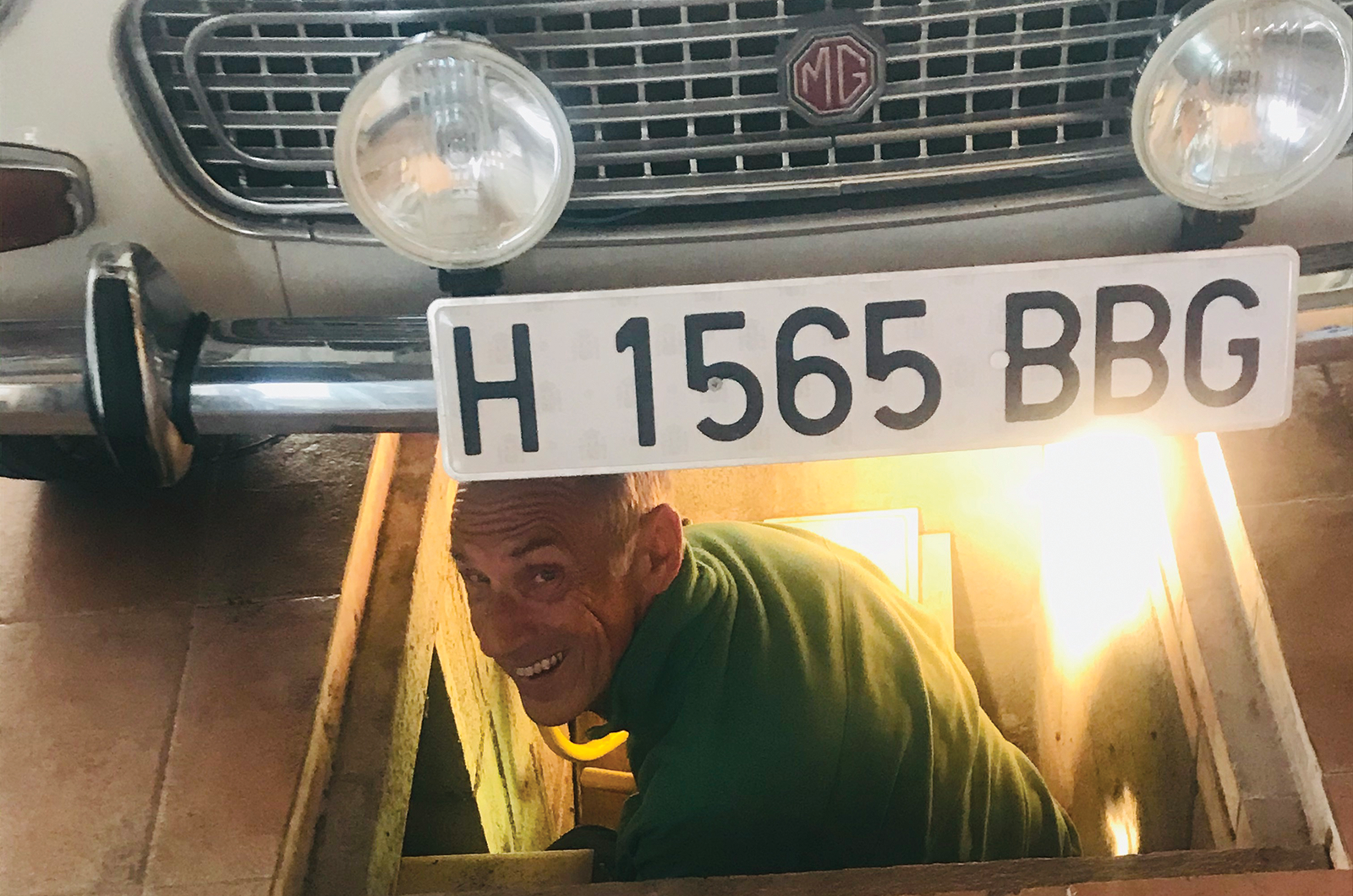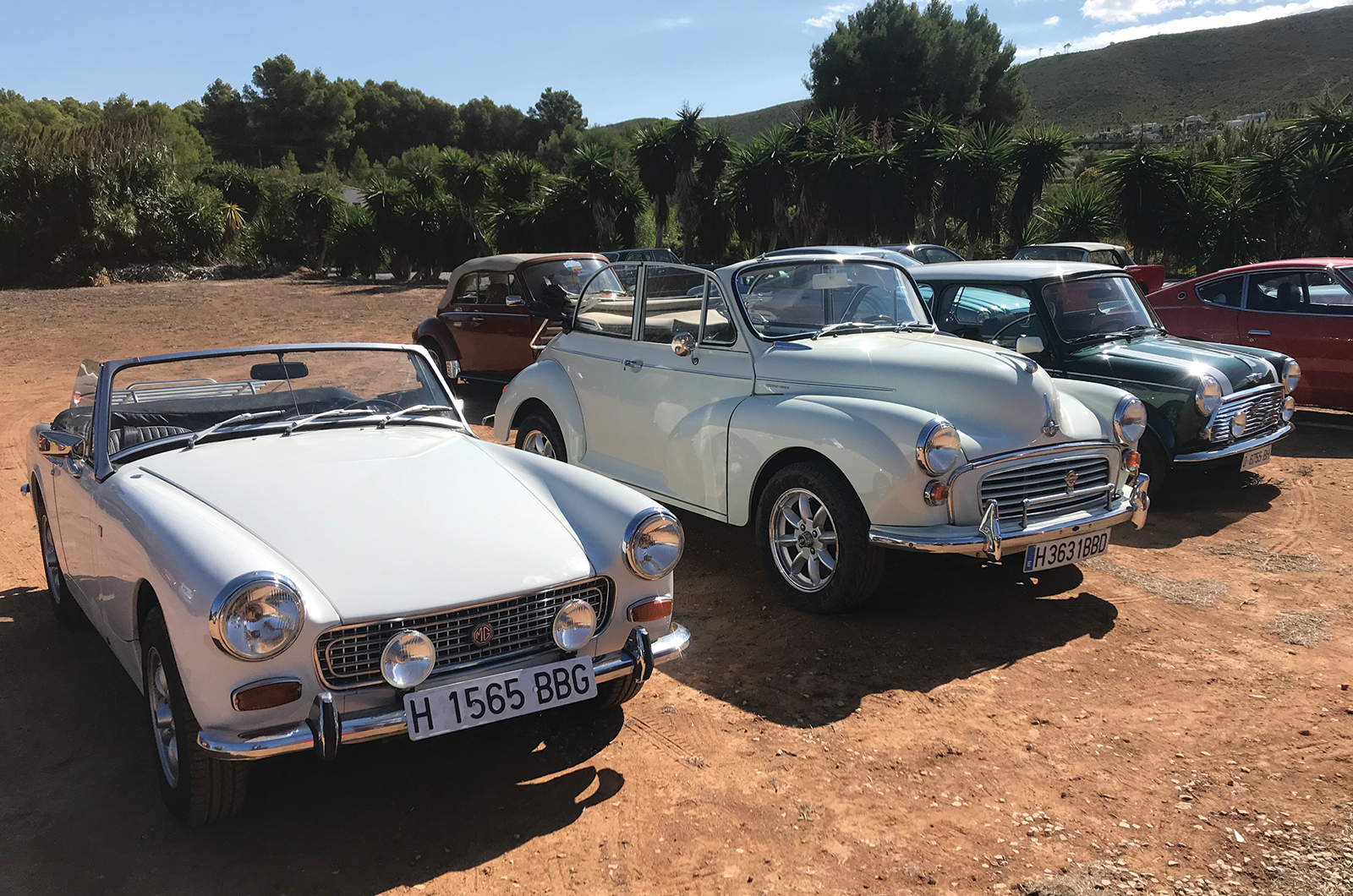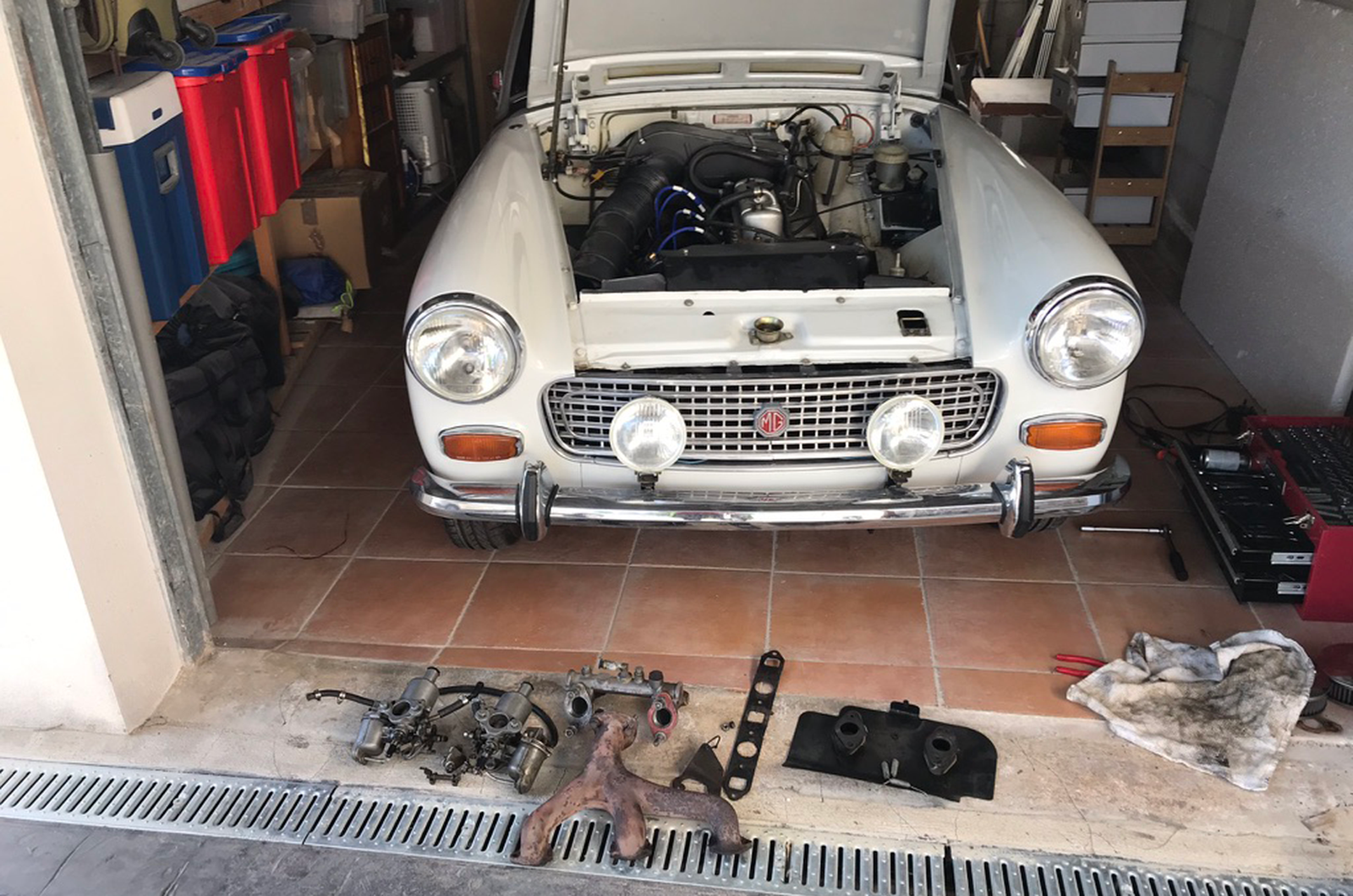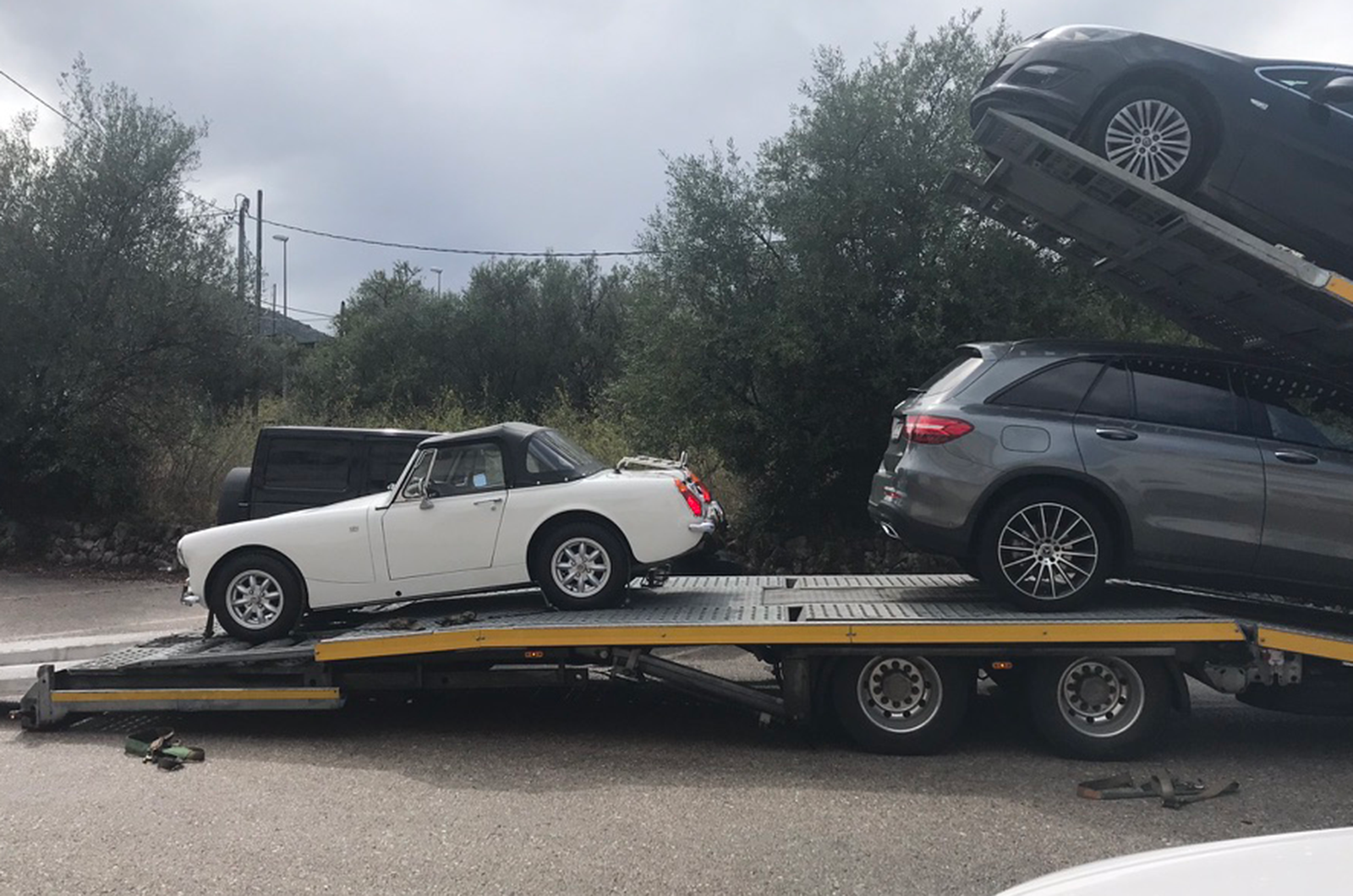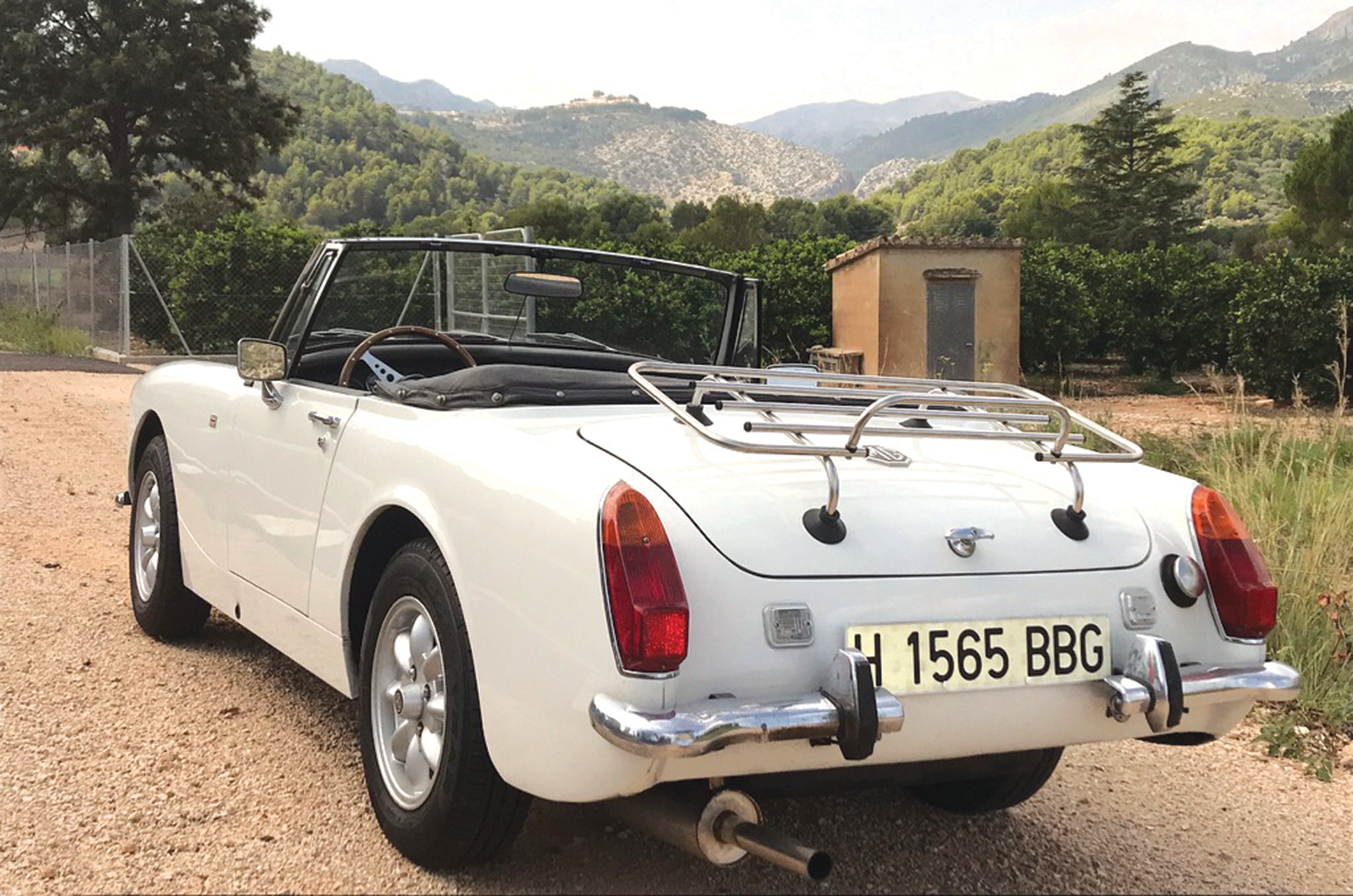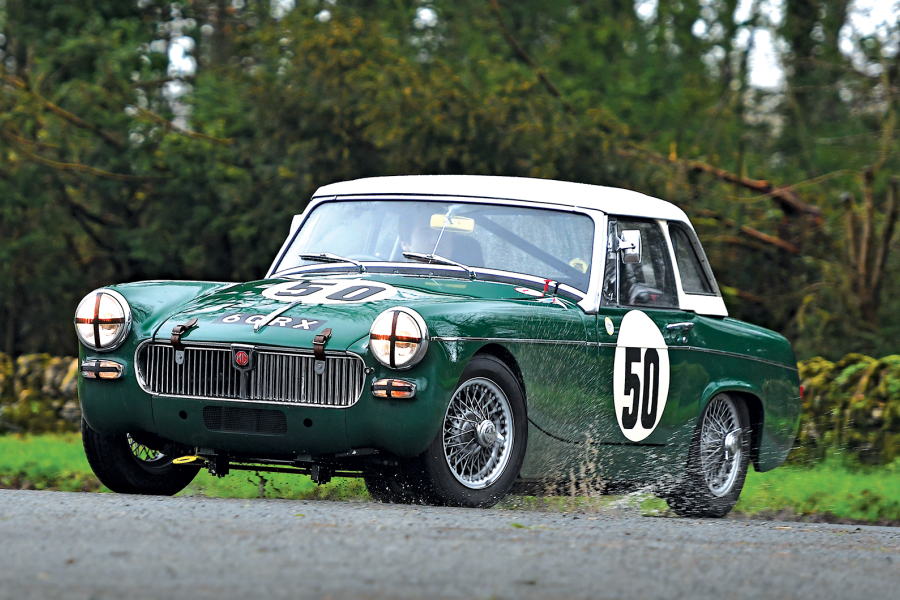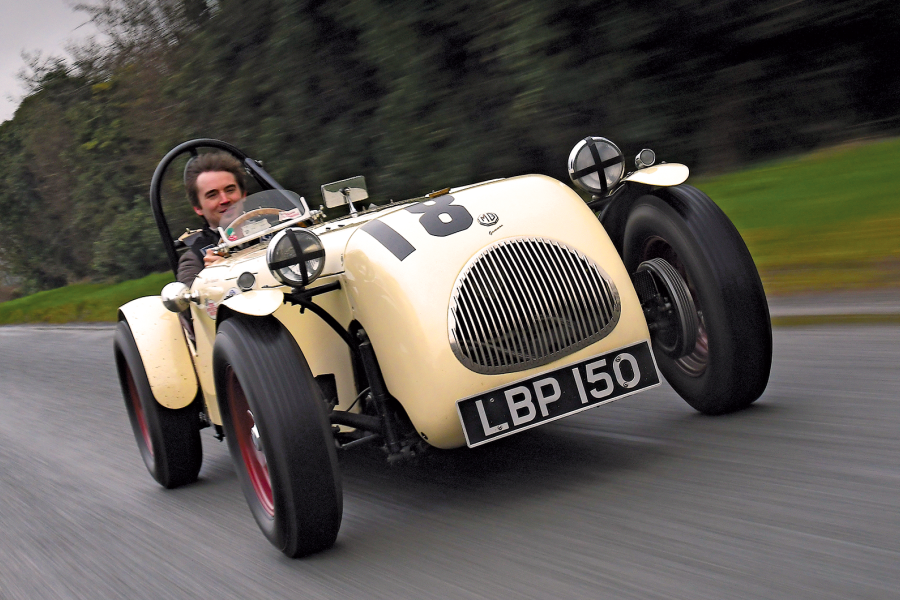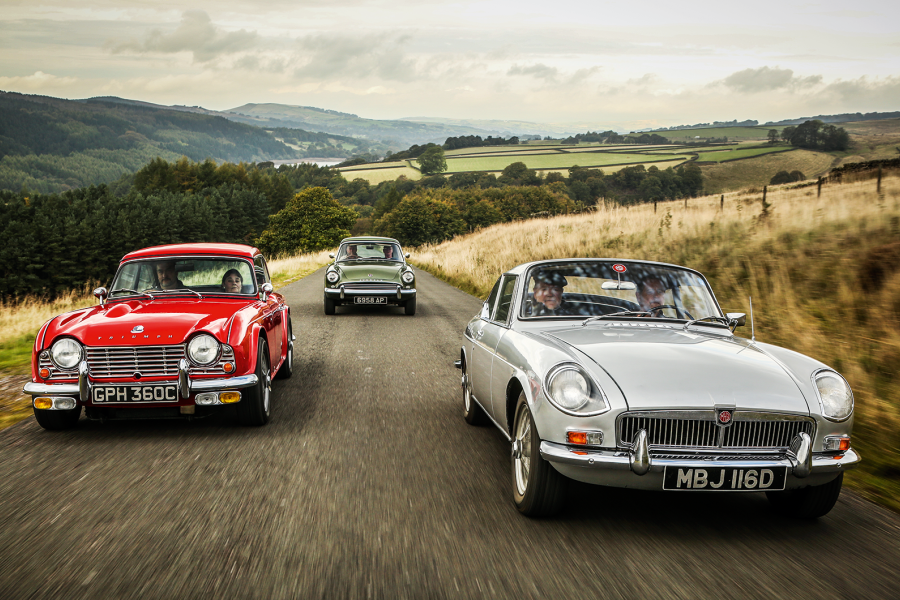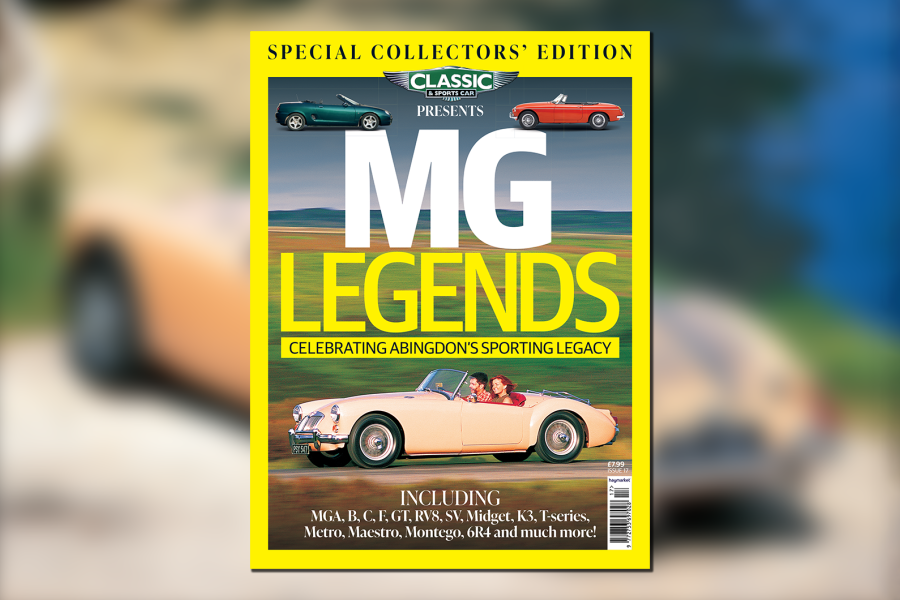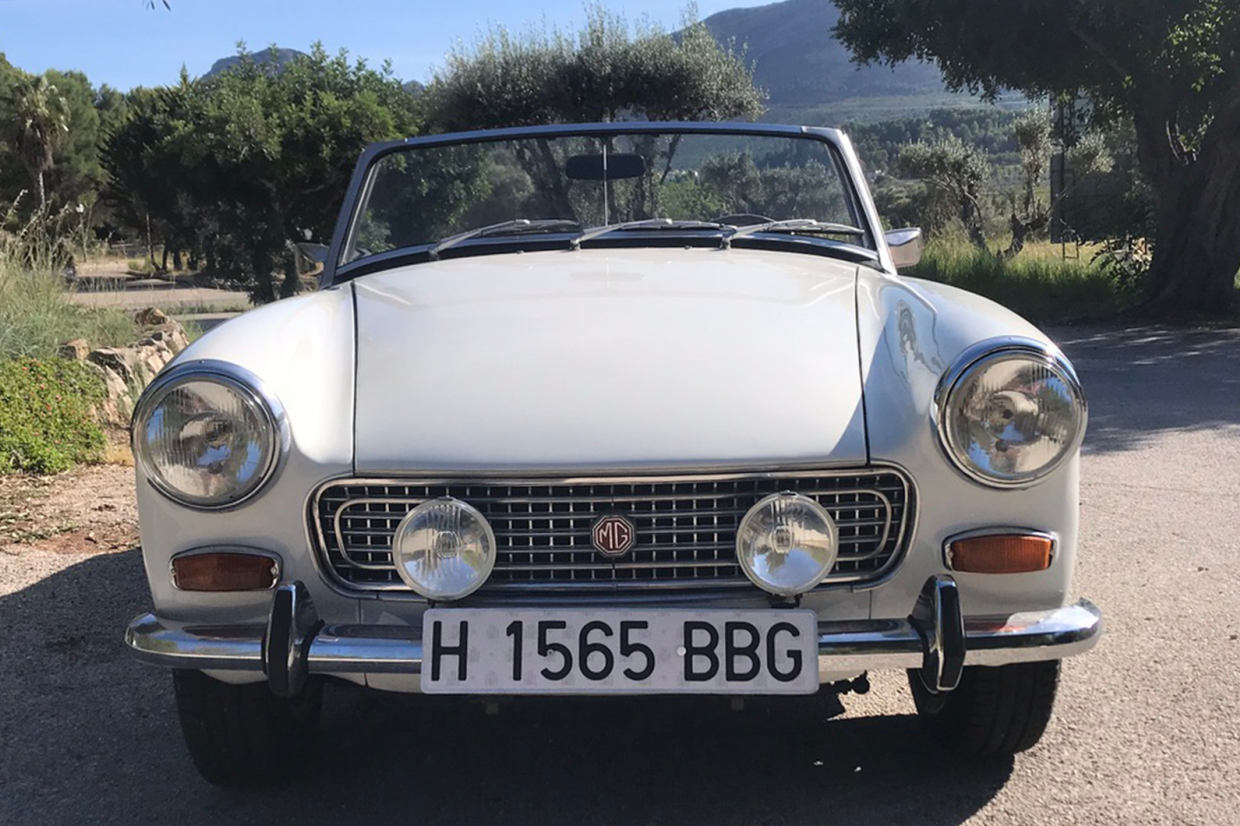
Retirement has arrived – or, as I like to put it, I’m in the fortunate position of not having to work.
I’d always wanted two things in my retirement: to move somewhere warm, and to build a kit car.
My wife and I bought a villa near Dénia, on the northern Costa Blanca in Spain, and we started our new life in the sun.
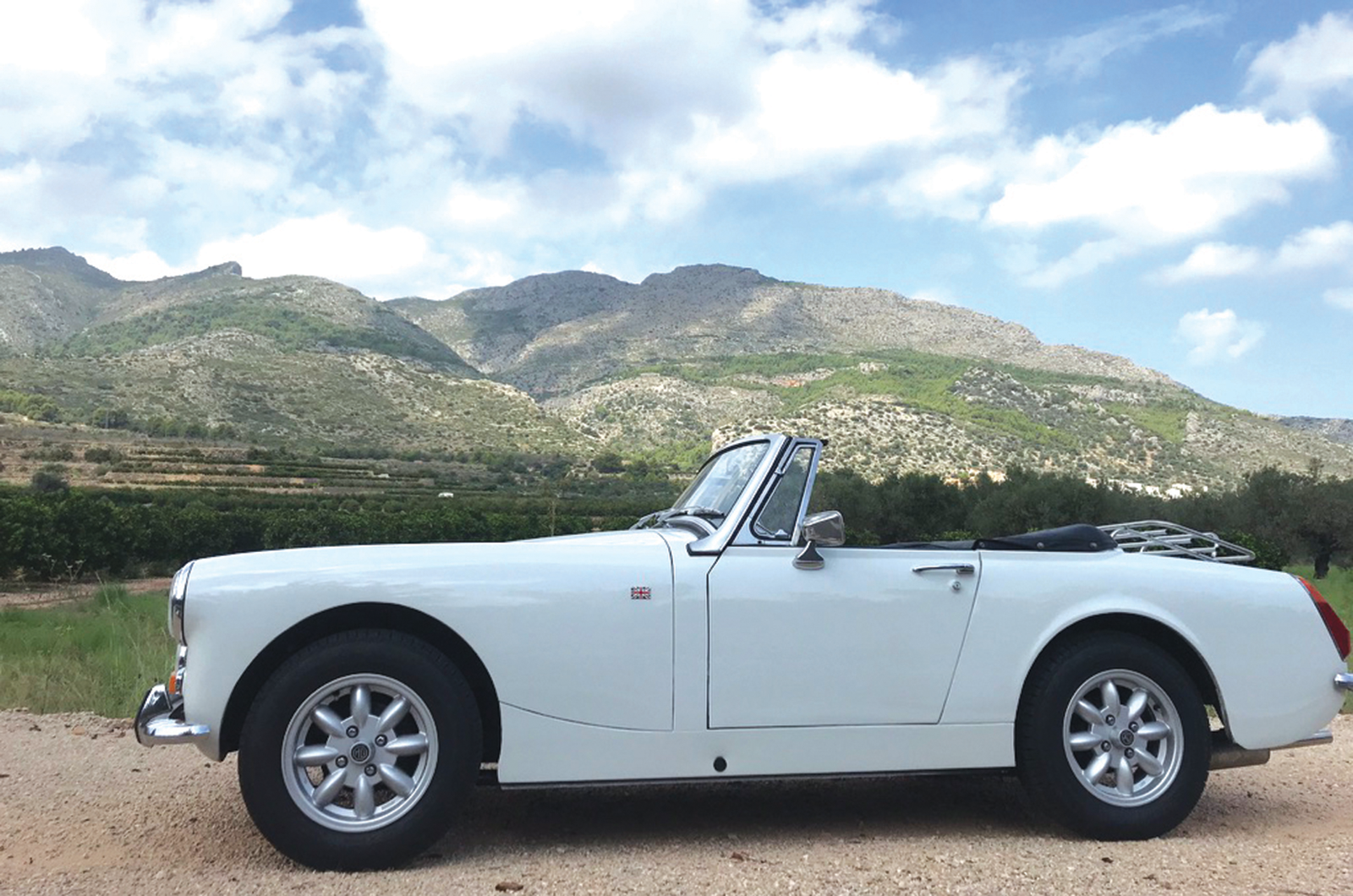
A scenic Spanish backdrop to fun MG motoring
Next up was building a car. The only issue was that I first had this dream back in the ’80s, when there were myriad kit cars to choose from.
Today, with modern cars going on and on, the kit-car market has almost dried up. So my next thought was: ‘How about running a classic sports car?’
I’d had a few as a young man, from a Triumph TR5 (why didn’t I keep that?) to an MG Midget.

The Midget’s lightly fettled 1275cc A-series engine now runs well

